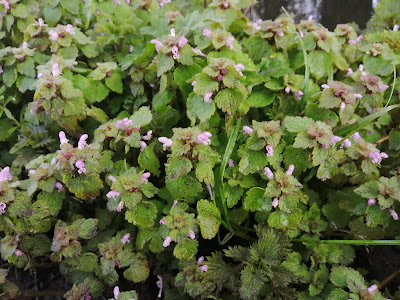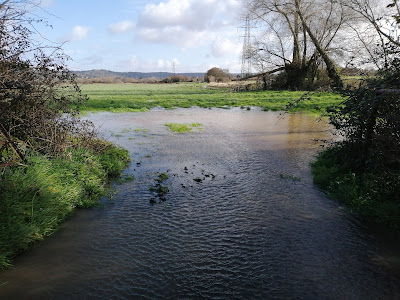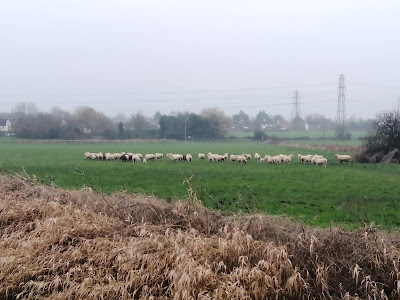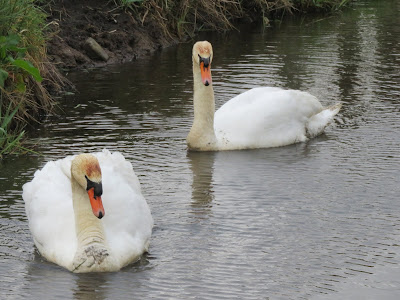The sun comes out as the world goes into lockdown (weeks 12-17)
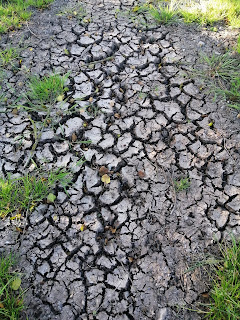
The swallows are slowly coming back, the swans are pairing up, the cow parsley is out in flower - spring is here. The weather has warmed considerably. Following the rain, rain and more rain that began the year we've had glorious sunshine which has dried the ground and made walking much easier. Dried mud The roe deer have been around recently. There's a group of three that are often found around a clump of trees north of the North Drove in the mornings. Roe deer ( Capreolus capreolus ) Life in the streams is also getting more visible. Tadpoles, minnows, pond skaters and diving beetles are common and I've even seen a water cricket! Minnow ( Phoxinus phoxinus ) The plant life is busting, the cow parsley is abundant and looks so beautiful with their lacy white flowers, delicate foliage and straight red stems. It's easy to think that cow parsley is the only plant in flower right now but it's not. I'm spotting species that I've not se...
